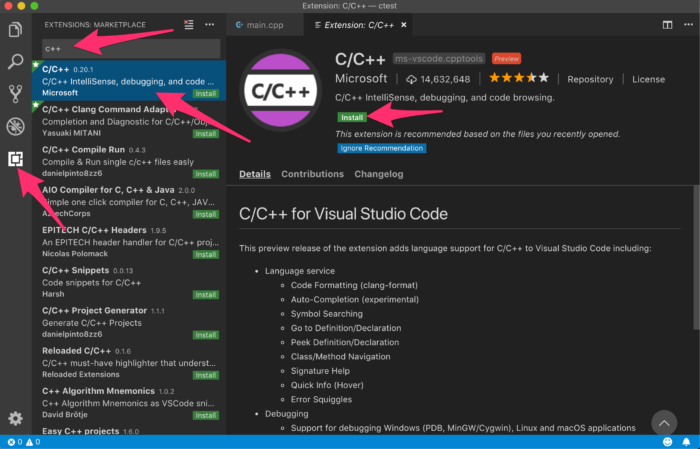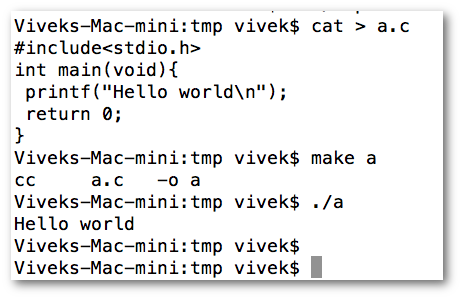


Go back to the terminal type cd /usr/local/bin. However, we would prefer not to specify the version number every time, so we can instead symlink GCC and G++ so that the computer does not think we are using Clang. This means GNU Compiler Collection was in fact installed successfully! So, you can compile and run a C++ program as follows: You will get the following:īut if you run gcc-11 (with 11 being the latest major release of GCC), you instead get the following:

After installation finishes, run gcc in the terminal. Next, from your terminal, run brew install gcc. We need Homebrew to allow us to install GCC. Navigate to brew.sh, copy their install command, and paste it into your macOS terminal and follow the instructions. To begin, we will need to install Homebrew. This post will show new macOS users with a Linux background how to switch to using GNU Compiler Collection instead of the Clang compiler, and benefit from the familiarity and additional features of GCC. As I joined Atomic Object, I began to use a MacBook Pro, and quickly realized I wish I had the GNU Compiler Collection (GCC) that I was familiar with from school, instead of Clang (the default macOS C/C++ compiler). That meant I spent much of my time writing C and C++ programs in a Linux environment before my professional career. Given that some of my computer science courses graded our programs on lab machines that ran a Linux distribution, I soon installed Ubuntu as a dual-boot on my laptop to gain more familiarity and experience with the operating system. Because I was most comfortable with Windows machines, upon entering university I was gifted a Windows laptop by my parents.


 0 kommentar(er)
0 kommentar(er)
